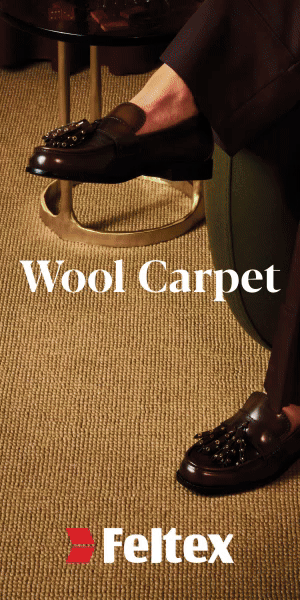Home design is more personal than ever thanks to multifunctional, smart technology. Architect Ben Lloyd discusses why technology is now at the heart of design
[jwp-video n=”1″]
How technology allows architects to push the boundaries of design
Houses should be machines for living, wrote Le Corbusier 90-odd years ago. The French designer might have been referring to the superfluosity of elaborate styles then in vogue, but his words had prescience: today, technology exists at the heart of the home, in increasingly seamless ways.
From entertainment to appliances and security, technology is at the heart of the design process instead of being additive moments explains architect Ben Lloyd. He says new materials and technology have allowed architects to push the boundaries further when creating bespoke solutions for living.
“Technology is always evolving and we have clients that come in with specific needs who want to push the limits of technology and it’s up to us as architects to find a way to integrate that seamlessly and sustainably into our buildings.”
The art of integration
You don’t have to make a conscious effort to integrate technology into your life: devices, cars and even appliances are already doing it for you. And the more sophisticated technology gets, the easier it is to use.
Seamless style
Not seen and definitely not heard, automated details can be neatly integrated into home design. The best new technology is unseen, sitting discreetly behind panels and cabinetry.
Keeping it green
The cost of generating your own power has dropped significantly in recent years. Systems have become more reliable with advances in battery storage, while hyper-efficient appliances draw less power. Green walls, planting and passive heating, on the other hand, might seem simple but are about as environmentally smart as it gets.
The internet of things
Whereas you once needed multiple remotes and a computer-science degree to drive devices, all you need now is a smartphone. Advances in automation, meanwhile, mean touchscreens and apps are available on a manner of devices that didn’t previously connect to the world-wide web.
Security smart
Contemporary security is less about making your house a fortress and more about making it smart and efficient. Keypad entry, for example, does away with the need for keys while apps allow you to keep an eye on your phone.




